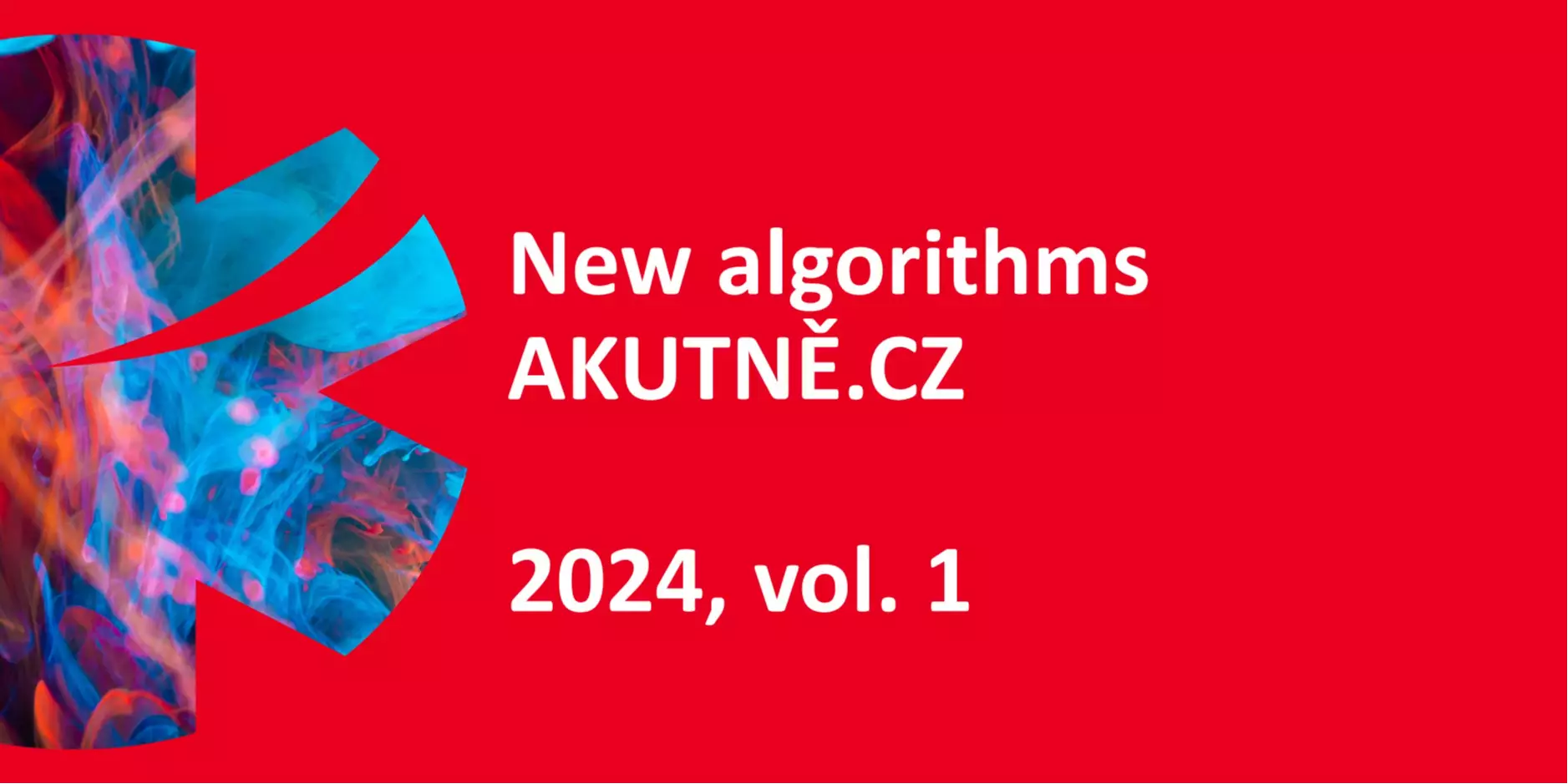Dive into the virtual patient cases from the clinical practice!
Anaesthesia in a patient with ICD/PM
Daniel Barvík, MD, Alžběta Pánková, MD, Martin Nagy, Vladimír Strelecký. Illustration: Midjourney
Patients with an implanted cardioverter-defibrillator (ICD) or pacemaker (PM) have an increased risk of complications during perioperative care and require some specific procedures. As the number of patients with these devices increases, it is important that we raise awareness of their needs.
Anaesthetic machine
Ivo Křikava, MD, PhD, Patrik Šamaj, MD, Anna Miarková Burdková, Ladislav Mrázek
The anaesthetic machine is the fundamental equipment of an anesthesiologist in the operating room. Understanding the functioning of the anaesthetic machine is an essential skill for an anesthesiologist, as it enables them to prevent and respond to potential malfunctions and critical situations. In our algorithm, you'll experience being a young anesthesiologist facing both typical and less common situations associated with the anaesthetic machine.
Recognition of the cardiac arrest
Assoc. Prof. Martina Kosinová, MD, PhD, Jan Dvořáček, MSc, Barbora Horniaková, Karolína Štefková
Modern intensive medicine is characterized by availability of numerous devices, equipped with sensitive alarms to monitor patients, alerting us to even the slightest change in the patient's condition. In our scenario, we demonstrate several situations where excessive reliance on device monitoring can easily lead to incorrect diagnosis and treatment of a patient hidden behind the measured values.
Perioperative cardiac arrest
Prof. Petr Štourač, MD, PhD, MBA, Tereza Kramplová, MD, MSc, Kateřina Dostálová, Pavel Pískovský
Although the safety of performed surgeries has significantly increased in recent years, the number of perioperative cardiac arrests remains stable. This may be due to the increasing number of procedures and the higher age of patients. In the following algorithm, you as an anesthesiologist are being called to such a surgery. Are you able to resolve the situation correctly?
Postoperative Nausea and Vomiting
Deana Slovjaková, MD, Petrana Relovská, MD, Natália Vanková, Martina Lukáčiková
Postoperative nausea and vomiting (PONV) is one of the most common complications that patients experience in the postoperative period. It is important to identify risk factors (patient-related, surgery-related, and anesthesia-related), assess the risk of PONV occurrence, and choose an appropriate approach based on the risk assessment. The most commonly used scoring system is the Apfel score. In this algorithm, we will explore the entire perioperative period, starting with the pre-anesthetic evaluation and ending in the recovery room. We will look into how to assess the adult patient’s risk of PONV using the Apfel score and how to proceed with PONV prophylaxis and treatment.
SVT in children
Tereza Bönischová, MD, Marie Venclů, MD, Veronika Krátká, Renáta Nevelöšová
Supraventricular tachycardia (SVT) is a very common dysrhythmia in children and demands a specific approach. In accordance with the most recent guidelines, this interactive algorithm guides a solver through the acute management of SVT treatment based on condition urgency. Additionally, it offers an insight into long-term therapy for the avoidance of SVT episodes.
In our multimedia, we will tell you the story from a completely different perspective, because we take care of a child. We wanted to feel the perception of the world through the eyes of our little ones, who do not see the world in black and white, but much more colorful, more vivid and with a speck of magic in their pocket. We welcome you to our fairy tale world.
Anemia in paediatrics
Kateřina Popková, MD, Anna Freibergerová, MD, Alena Brančíková, Kateřina Zástěrová
Anemia is characterized by a reduced concentration of haemoglobin in the blood. This is a serious condition that, according to the WHO, affects up to 40 % of children under the age of 5. Acute anemia can be manifested by an anemic syndrome (fatigue, paleness, shortness of breath, ...), on the other hand, chronic anemia often goes on for a long time without symptoms due to the body's adaptation to reduced concentration of haemoglobin and hypoxia. The diagnosis of anemia is mainly based on medical history, physical examination and laboratory examination of blood and urine. Orientation in the differential diagnosis of anemias and early diagnosis can help to choose an adequate therapy. This algorithm offers three stories in paediatrics of the most common types of anemia, which will guide you through a complex and broad differential diagnosis.






